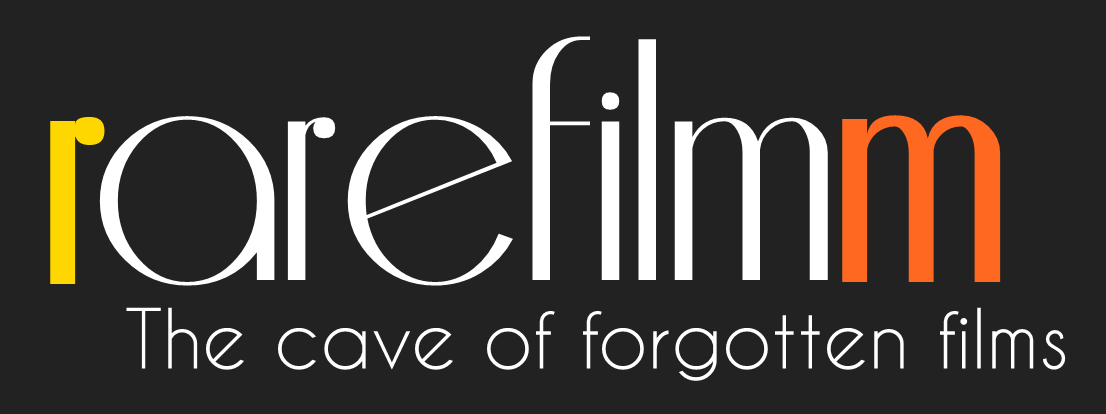One of most influential films in avant-garde cinema, this experimental film by Michael Snow was shot over a period of 24 hours using a robotic arm, and consists entirely of preprogrammed movements. Snow programmed all the robotic movements so that they never moved the same way twice, so there are differences in every motion of the camera.
Category: Experimental
I Do Not Know What It Is I Am Like envisions an epic quest for transcendence and self-knowledge. Bill Viola describes this work as a “personal investigation of the inner states and connections to animal consciousness we all carry within.” The title is taken from the Rig-Veda, the Sanskrit spiritual text that defines a procession through birth, consciousness, primordial existence, intuition, knowledge, rational thought, and faith, to arrive at a transcendent reality “beyond the laws of physics.” Unfolding in powerful, emblematic images and allegorical passages, Viola articulates a dramatic quest for self-knowledge through an awareness of the Other, embodied here by a shamanistic vision of animal consciousness.
The son of computer graphics pioneer John Whitney, Sr., Jr. followed in his father’s footsteps and worked as animator for Hollywood films like Westworld and The Last Starfighter. He also made this experimental short in 1972, with abstract and swirling color patterns familiar from the visual music tradition of animation. These patterns gradually reveal themselves as a human face, derived from long exposure photography of a nude model.
This promotional film for the 1925 “Cinema and photo exhibition Berlin” presents a fireworks display of film and photo techniques, filmic apparatuses and quotations. Once again Guido Seeber displayed his expert use of camera and montage.
The human eye, a well-known motif of psychedelic culture, is multiplied and intensified in Tanaami Keiichi’s cinematic trip 4 Eyes. Drawing from his experiences designing discotheques, Tanaami presents two prints of the same film in double-projection with a time delay to suggest the mind slipping out of consciousness.
Inspired by Islamic architecture, the abstract linear forms in this experimental computer-animation film were colored and edited using an optical printer. The shapes bloom and flow in time with music by Manoochehr Sadeghi.
1941 was Francis Lee’s first film; CH’AN his last. In between, he became an expert Sumi-e watercolorist and here he combines eloquent ink paintings with masterful animation methods. This film moves through mysterious shapes, takes the viewer on an explosive meditative journey across the imaginary landscapes of his creations.
Presaging details and intent of the Charles Manson’s cult and actions was not meant to be one of this film’s greater attributes. It was, however, filmed uncannily months before the facts were known. The resemblance is oblique. The film: the mysticism of a “calling,” a journey to be made, a vision in mid-desert to behold and oneness with it all. Filmed in Death Valley.

 Fundraiser progress: ░░░░░░░░░░░░░░░ 0% ($920) - Jon.
Fundraiser progress: ░░░░░░░░░░░░░░░ 0% ($920) - Jon.